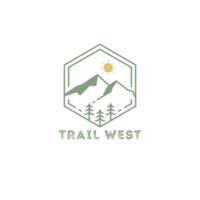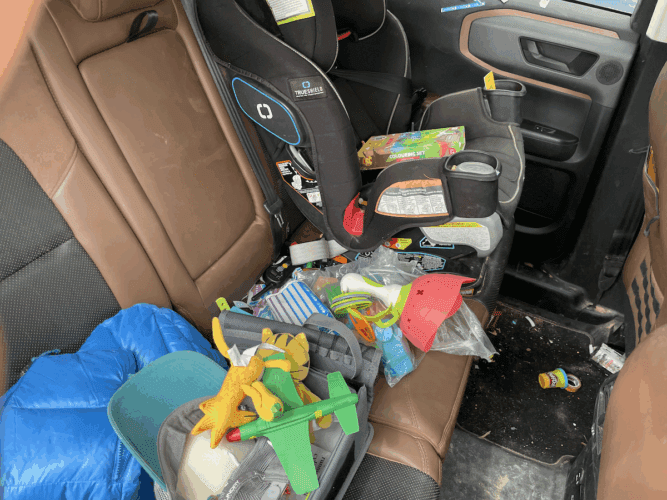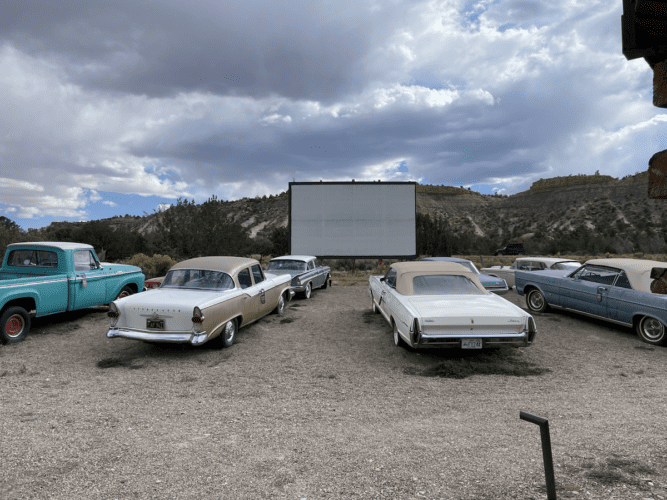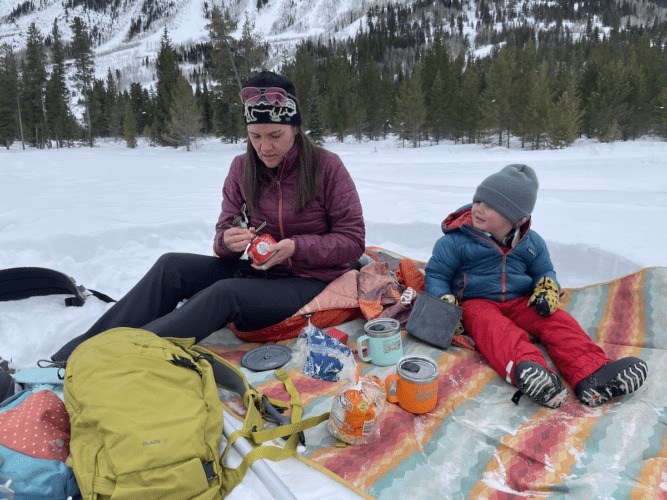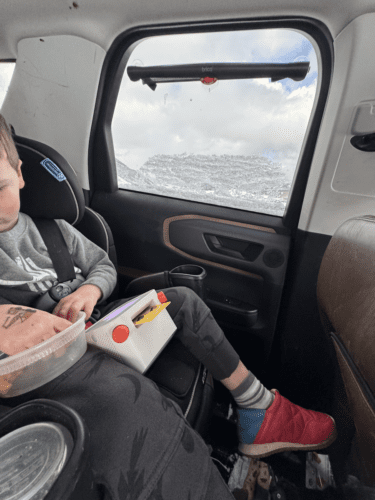I want to start by saying I think almost all camping is kid friendly, but this post is designed to help you find the best camping that meets your family’s needs…. specifically car camping. We are not talking about backcountry camping in grizzly country in Yellowstone!
Campsites have gotten increasingly harder to find over time, especially if you want to go camping on a whim.
Oftentimes, when you do manage to secure a site, places are crowded. Do not be deterred, with a little planning, or no planning, but with some creativity you can find a campsite that suits the needs of your family.
We have found ourselves camping almost weekly this summer, which is one of the busiest times of year in our mountain town. These days we pretty much only camp in designated or primitive campsites. We like the privacy that comes with getting outside of established campgrounds.
Basically, there are three types of camp site: established campgrounds, designated camping, and primitive camping.
What are Established Campgrounds?
Established campgrounds have infrastructure, which can create comfort when you don’t camp all that often. This includes water, bathrooms, fire rings, and some even have showers.
Some established campgrounds can be booked in advance and some are first come, first serve. Booking in advance can be a tough game and it’s one we quit years ago. It often requires you to know right when reservations open so you can be ready to book, but if you do play the reservation game well, you will have the peace of mind of having your campsite secured.
First come, first serve can also be challenging.
Campsites that are first come first serve are obviously not guaranteed. We have been stymied in Moab a couple of times when we were unable to find any campsites open.
A couple of tips for finding first come, first serve sites. Pre-position, aka stay somewhere close the night before so you can be ready to grab a site in the morning. The last time we went to the Tetons, we stayed in Jackson the night before and got in line at 7AM to get a site. We scored the best site ever at Jenny Lake. I doubt we will ever find a campsite in a national park again, but this paid off.
Do your research. If the first few campgrounds are full, have some bailout options that might be further off the beaten path.
What are Designated Campsites?
A lot of National Forest Service and BLM land are moving towards designating sites to reduce the impact of free for all camping. Designated sites are often spaced a bit further from each other and have minimal infrastructure, like a fire pit. They likely have no bathrooms or water nearby so you will have to bring your bathroom, water jug, and bags to carry out trash.
I can’t keep singing the praises enough of PACT Outdoors for pooping in the woods.
Designated sites are great if you want a bit of elbow room for your family. We love to camp this way and, in our town, almost all the camping available is now designated.
To understand the camping availability in National Forest Service or BLM areas, check out the websites for the area you will be visiting. We use maps to find these wilder spaces. Look for the green (public) space on the map and go do research.
The same general rules apply here as with first come, first sites in established campgrounds. You often need to be early to find a site. Remember to always respect the rules and don’t camp outside of designated sites. Keep beautiful places beautiful.
What are Primitive Campsites?
Primitive campsites tend to be even more private and found in places that get less use.
For us, these are the prize… Your toddler can run wild.
They have no infrastructure so bringing a toilet system like PACT, trash bag, and water is a must. Fires can only be in existing fire rings.
Again, the BLM and Forest Service’s websites are the places to understand what camping is available and allowed.
We like camping in places with primitive sites, because they often are off the beaten path and it’s easier to find a site. Again, we pull out the map of where we want to go and do research on county and forest service roads in green areas.
As with all camping, camp only in places that have been previous campsites. Don’t pitch your tent on top of a field of wildflowers. Find a disturbed, dirt patch that has been used before to set up.
